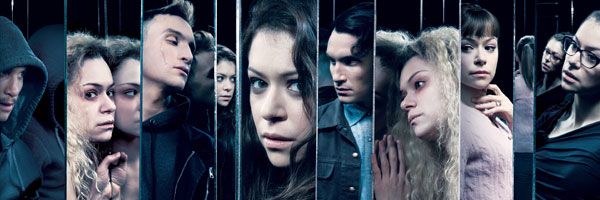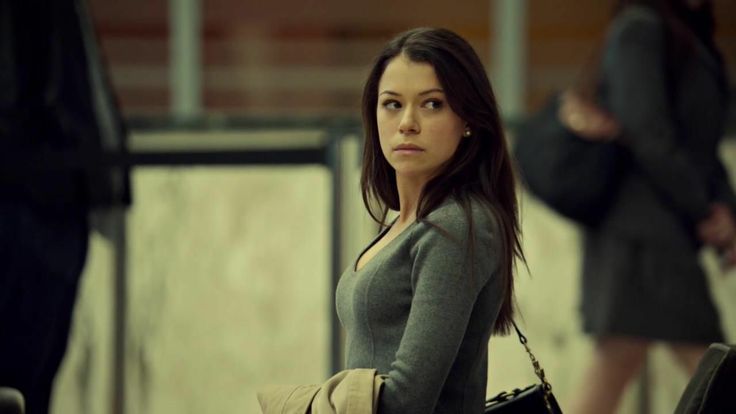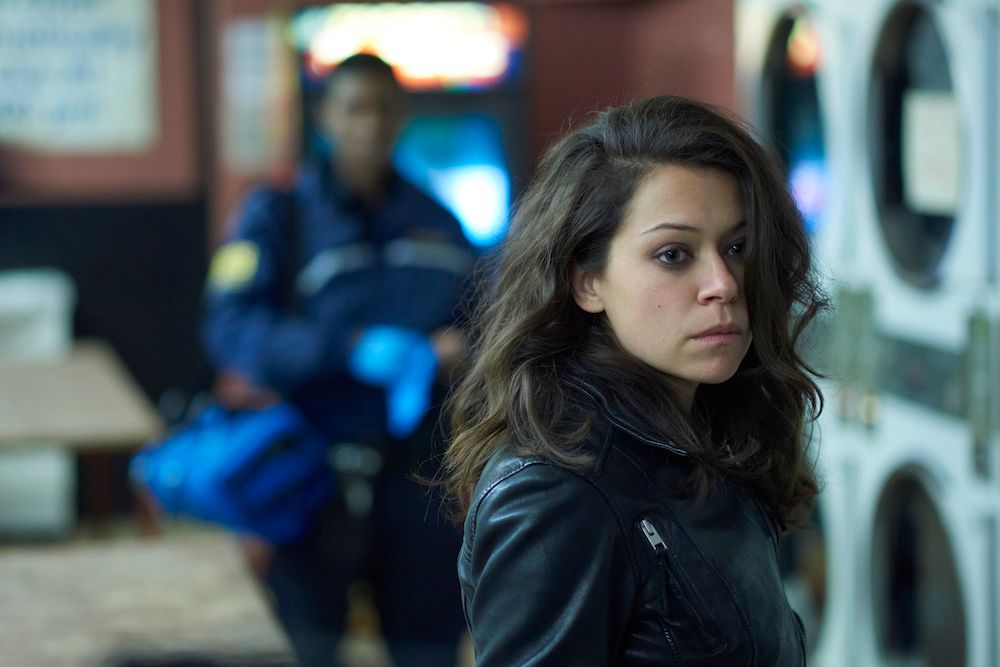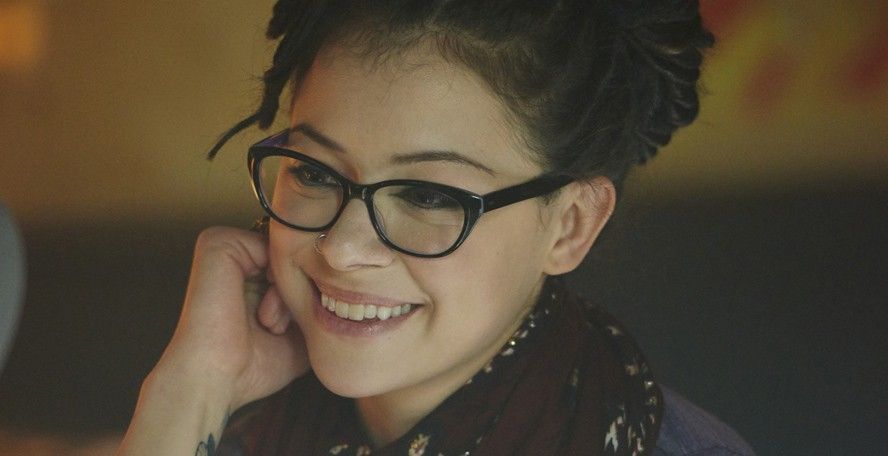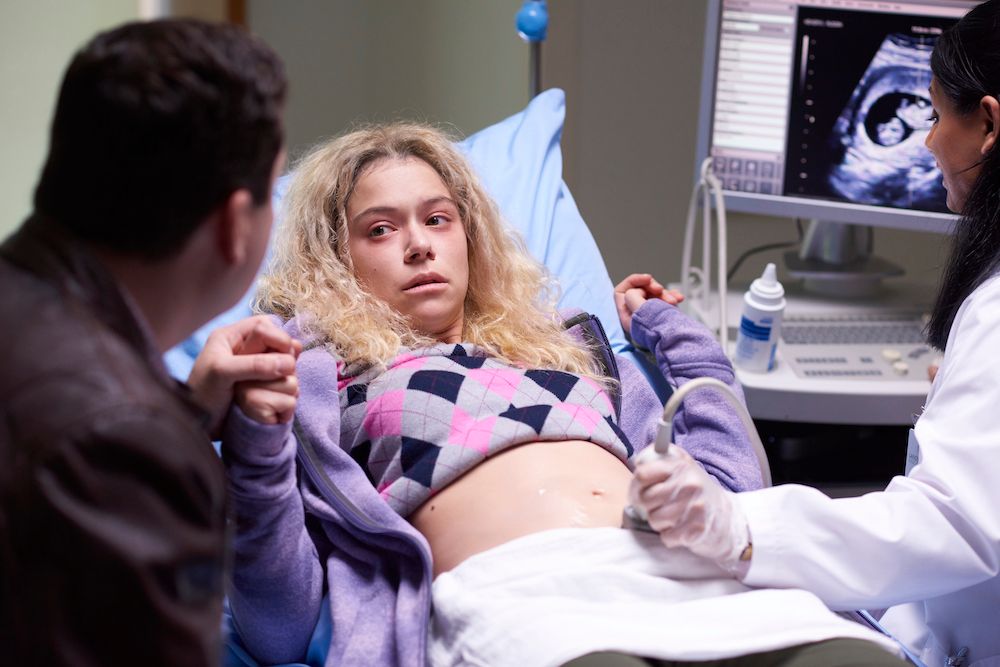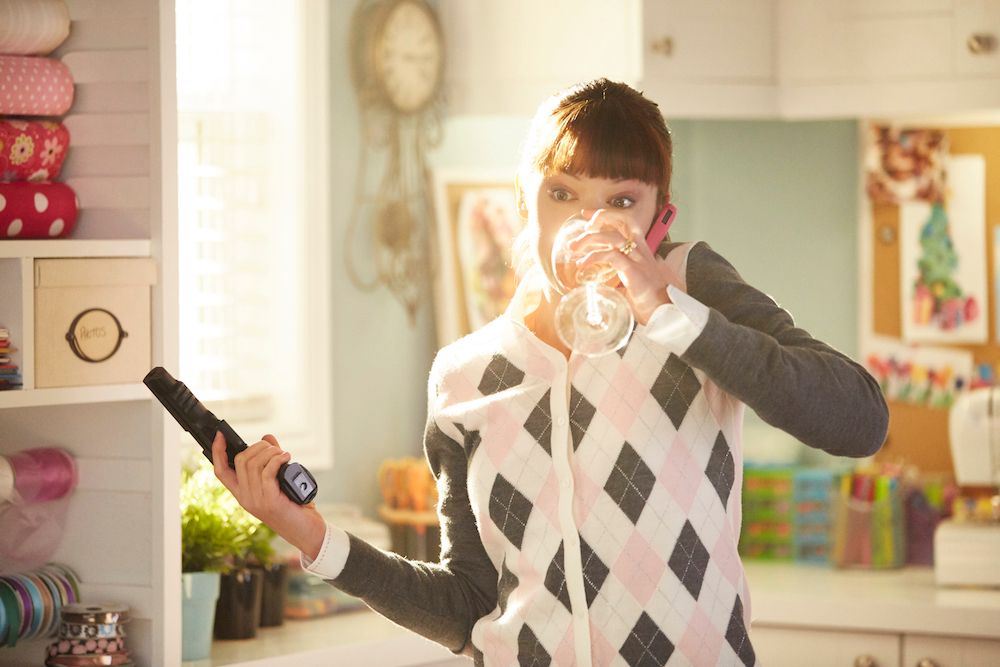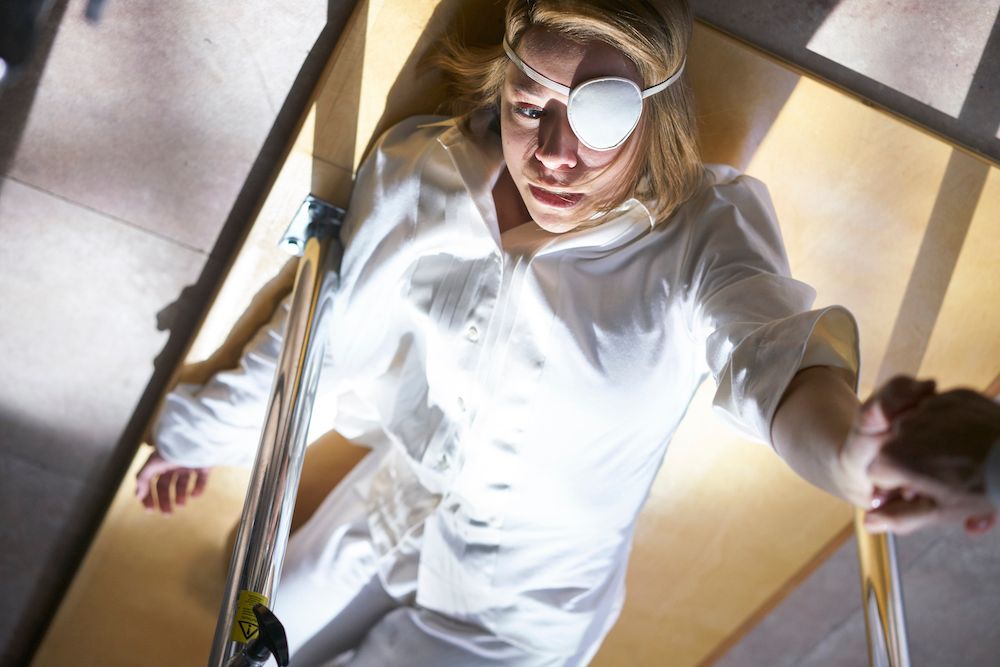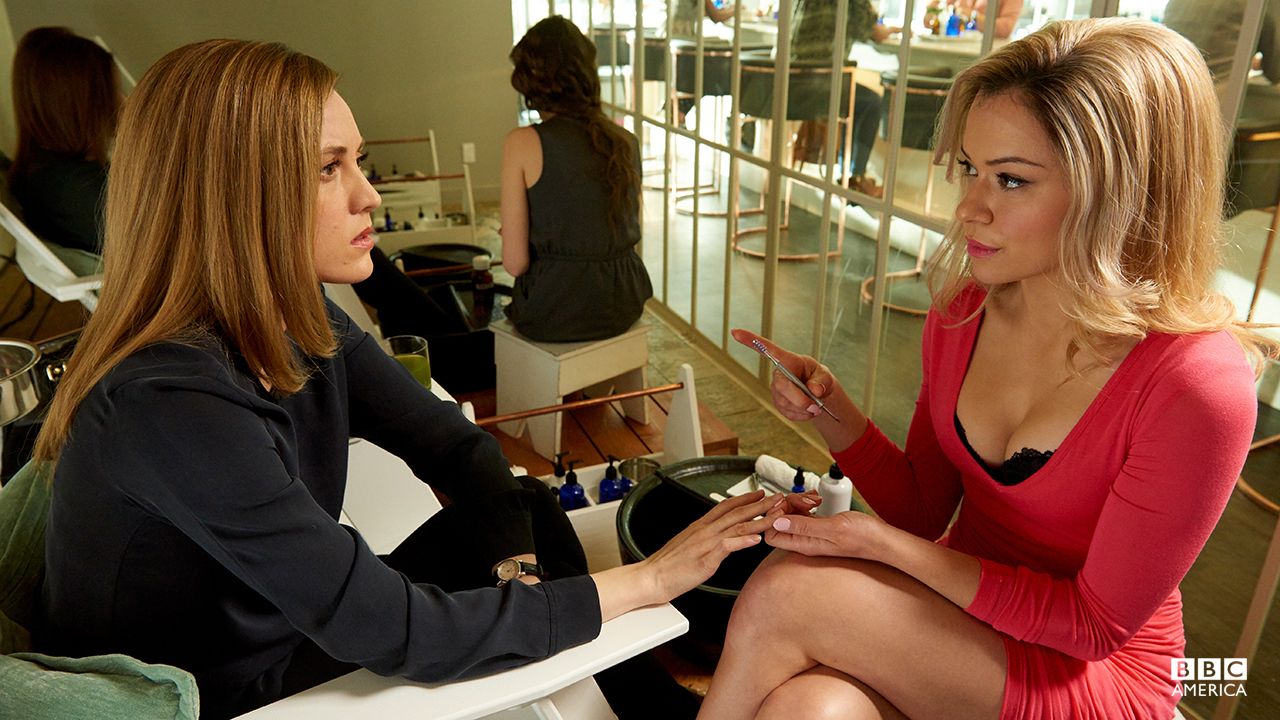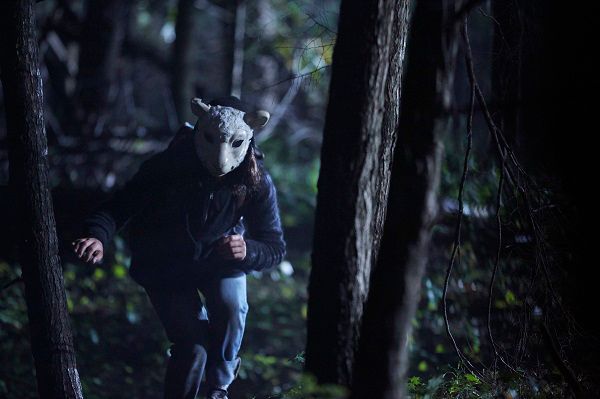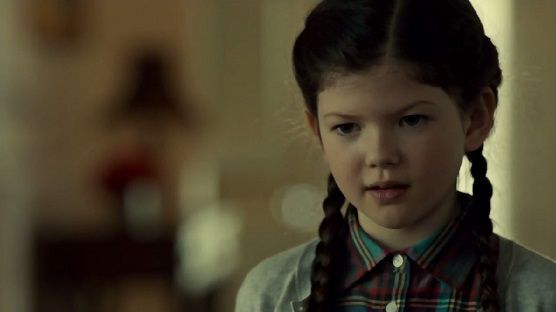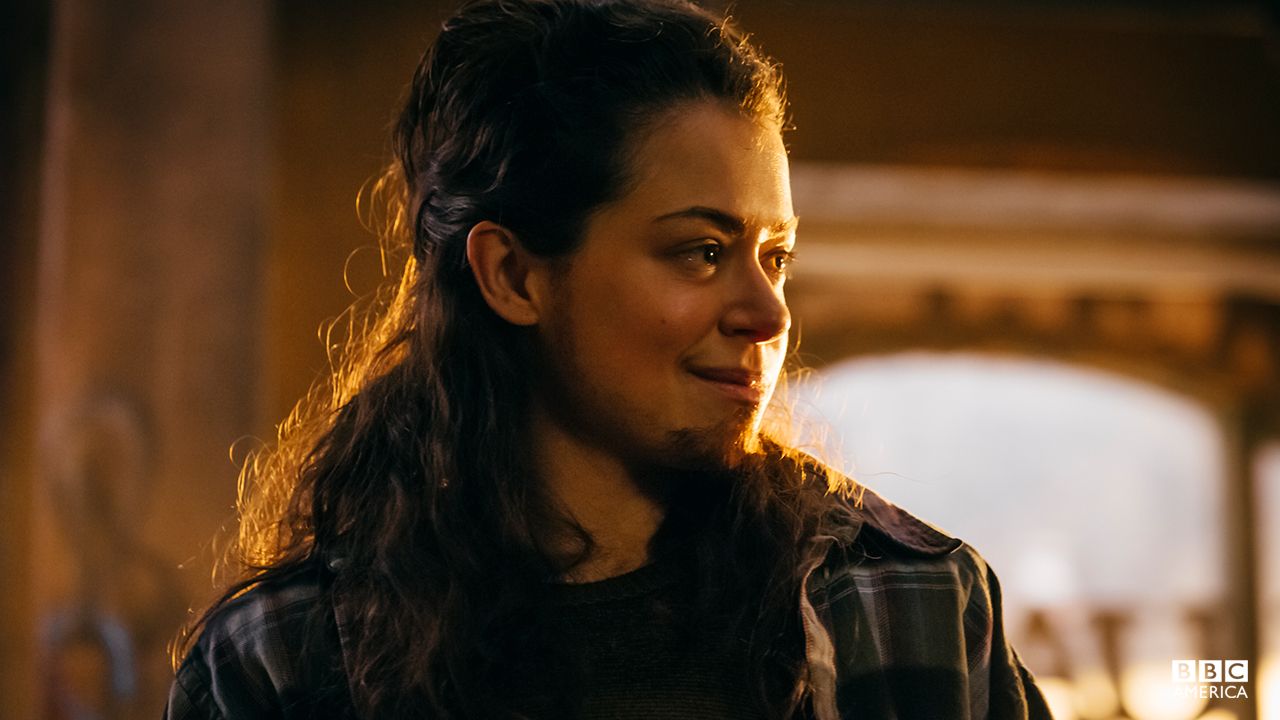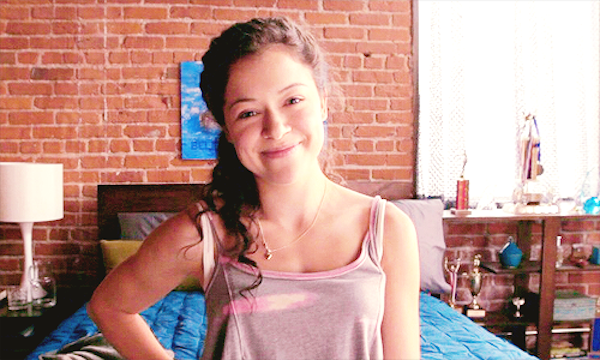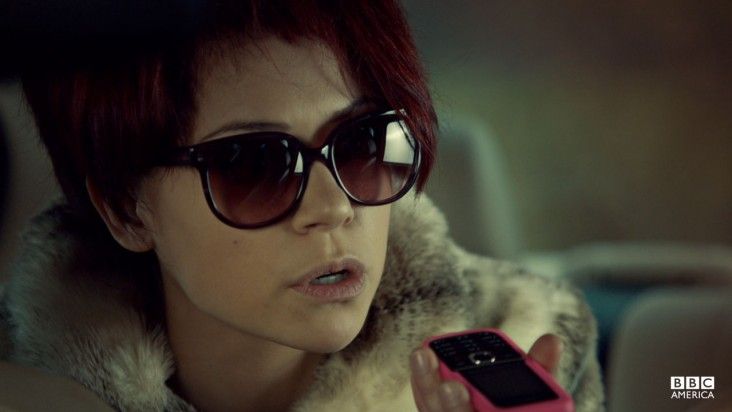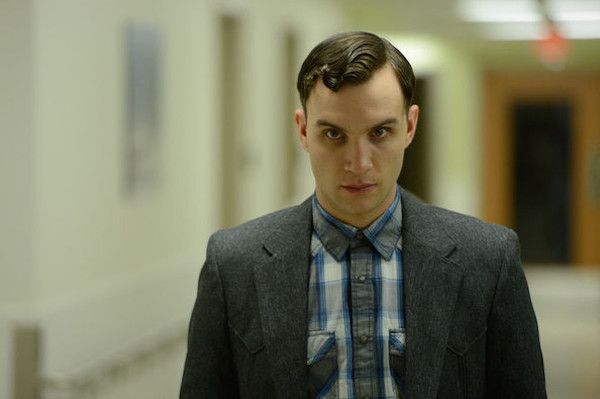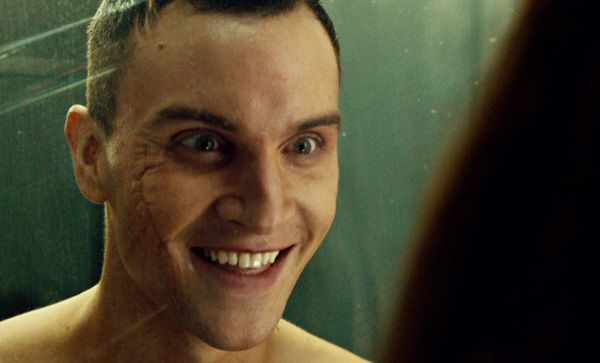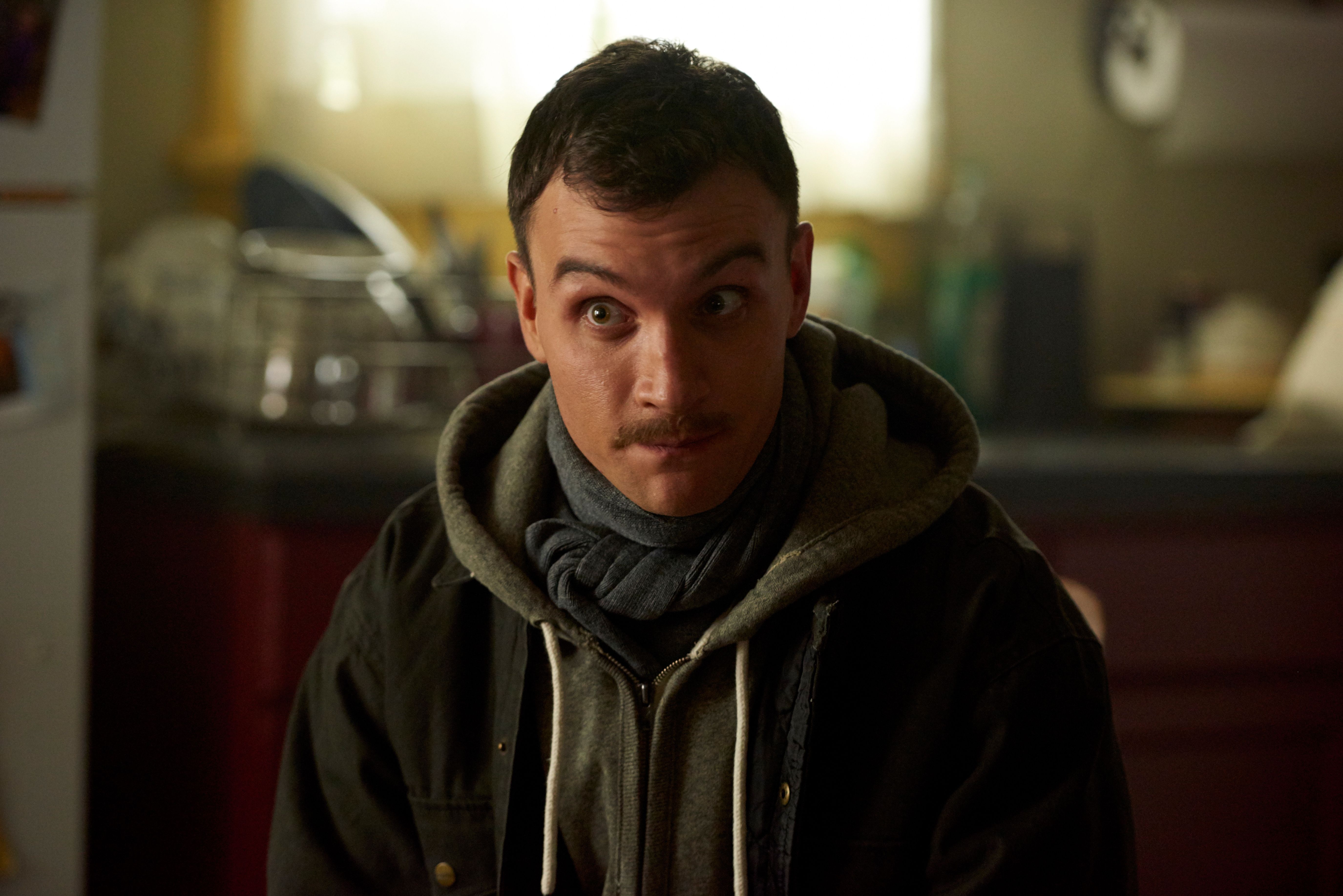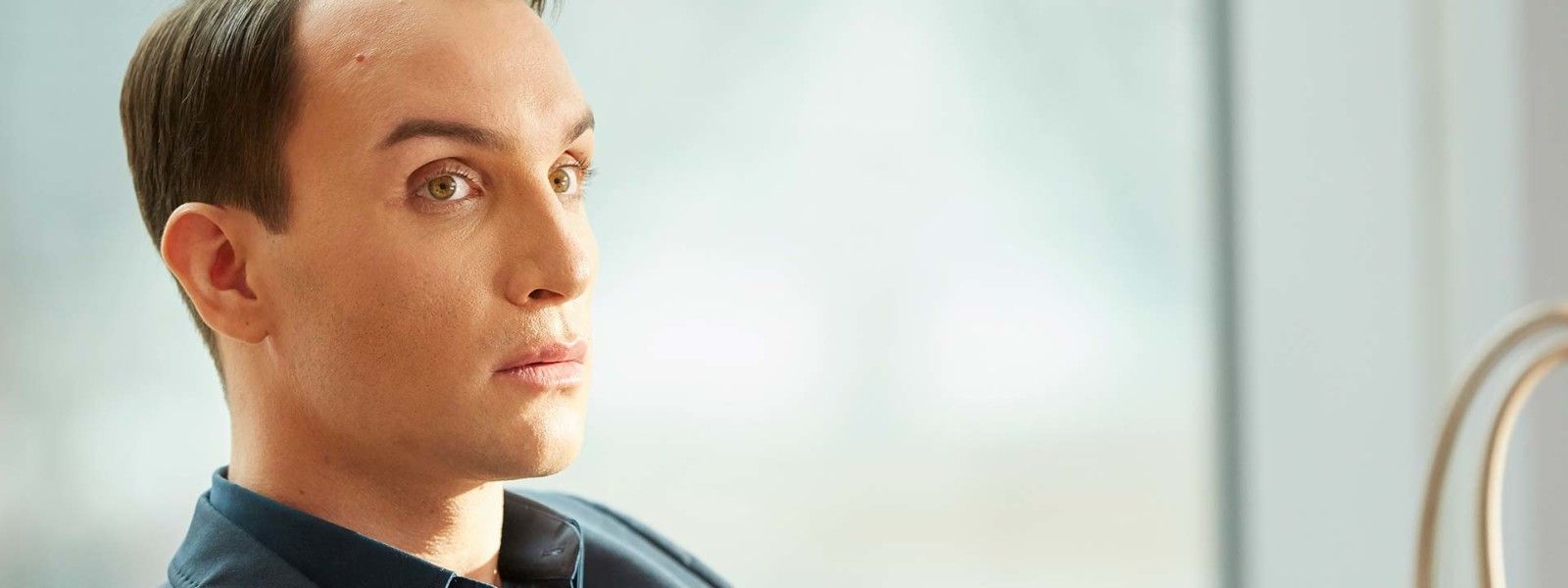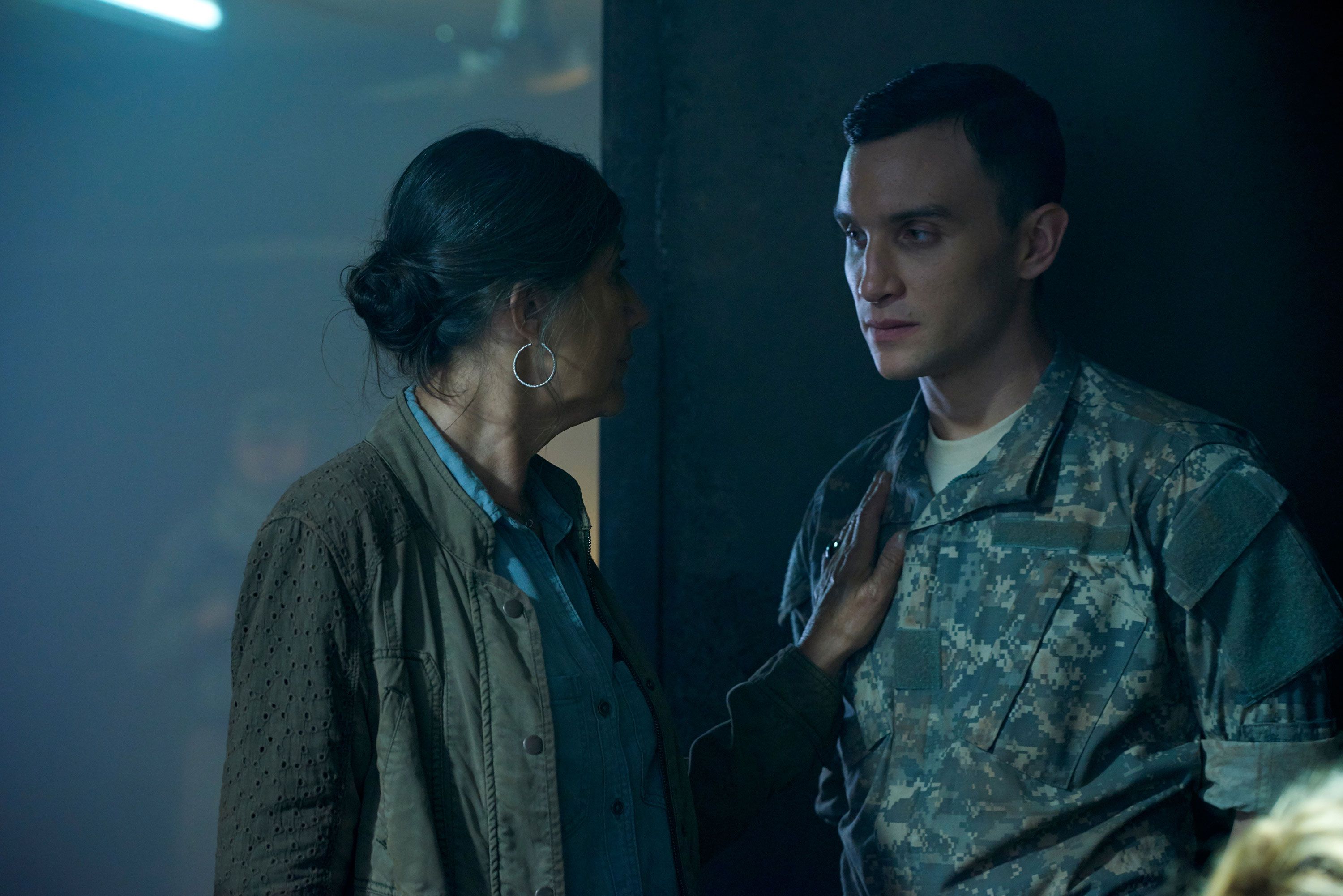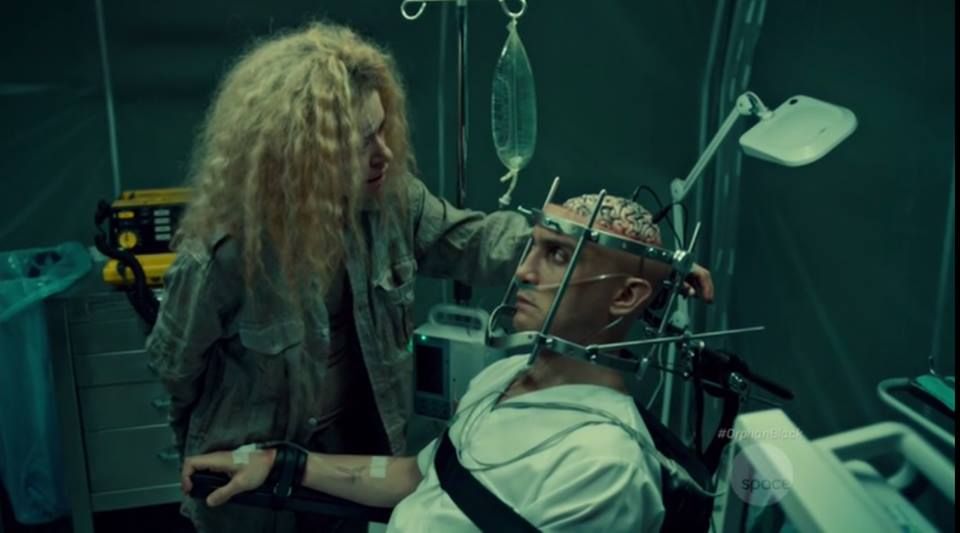It’s been too long since we caught up with Sarah, Cosima and the rest of the doppel-gang, but clone club is back in session with Orphan Black’s Season 4 premiere, bringing the underrated Tatiana Maslany-led sci-fi back to television screens (and into our hearts) once again.
A seemingly impossible amount of information has come to light in just three seasons of Orphan Black, revealing two decades-old clone projects (LEDA and CASTOR), shadowy organizations, religious zealots, and seemingly unstoppable military factions that all serve to obscure the true origin of Sarah and her sisters. And though things have largely been full-speed ahead for the series, Season 4 is promised to be a return to the show’s beginnings. Catching up with Sarah at her Icelandic stronghold, much of the fourth season will be devoted to tracking down an entity connected to Beth Childs, the clone whose suicide led Sarah and her sisters into the devious web of mystery in which they are currently stuck.
According to BBC America’s synopsis for the upcoming season, Sarah will follow Beth’s footsteps as closely as she can, even as she is drawn into the clutches of a potential new enemy. Who could that be? Co-creators Graeme Manson and John Fawcett are keeping tight-lipped on the answer, but we’d wager it to be one of the two new clones joining the cast this season: the Maslany-portrayed M.K., an intelligent and dangerous project LEDA clone or Ira, the newest threat from Project CASTOR, to be played by the fantastic Ari Millen.
But before the show goes back to the beginning, let’s get everything straight. By my count, there are 11 known clones still alive and kicking, with many more sadly down for the count. To help you stay on top of them all, we’ve broken down every single one, from Sarah Manning to Katja Obinger and everyone in between.
NOTE: This list only includes clones shown on the BBC America series and does not include clones included in the Orphan Black comic series.
Beth Childs
A detective and girlfriend to her monitor Paul Dierden, Beth Childs was a self-aware Project LEDA clone who helped to establish international connection with a small matrix of fellow clones that included Alison Hendrix, Cosima Niehaus and Katja Obinger. Whip smart and fiercely independent, Beth still found much difficulty in rationalizing her existence as a clone.
Defining Features: Beth remains one of the most Maslany-esque iterations on the show, with a Canadian accent and no-nonsense exterior, but her position as a young detective has helped to define this LEDA clone.
Status: Dead; Beth committed suicide by throwing herself in front of a moving train and unwittingly became the catalyst for Sarah Manning’s involvement in the clone club. In a recent dream sequence, Beth told Sarah, “I killed myself because I couldn’t understand it.”
Sarah Manning
Mother to her daughter Kira, foster child to Mrs. S and adopted sister to best friend/right hand man Felix, Sarah Manning is the passionately loyal heart of Orphan Black. Initially drawn into the labyrinth of clone intrigue in the hopes of tapping into Beth Childs’ income after witnessing her death, Sarah’s intense bond with her sisters has caused her to become the siblings’ uniting force, both keeping them together and keeping them alive.
Defining Features: That trademark British brogue and her rock n’ roll sense of style.
Status: Alive; enjoying her brief solace with Keira in Iceland after the events of Season 3.
Cosima Niehaus
An eccentric San Francisco native, Cosima is a young genius with a heart of gold. Beset by troubles in her personal life (oh, Delphine!) and chronically ill with the congenital Project LEDA virus, Cosima has never had the easiest journey through Orphan Black’s travails.
Defining Features: Her unique dreadlock hairstyle and black-framed glasses, with a bouncy California accent to boot.
Status: Alive; showing improvement after stem cell treatment received from Sarah’s daughter Kira, but executive producer Graeme Manson has said Cosima is “still not safe.”
Helena
Raised as a weapon specifically designed to kill clones of her kind, Helena first appeared on Orphan Black as a fearsome threat to the livelihood of the other Project LEDA sisters after killing four clones at the behest of the Proletheans. But after three seasons, Helena has become the show’s unlikely hero in many ways, a whimsical, childlike delight whose intense devotion to her “sestras” has turned her once-terrifying murderous talents into quite a handy tool for the clone club.
Defining Features: Her wild, blonde hair, heavy Ukrainian accent and a set of winglike scars on her back from years of self-flagellation.
Status: Alive! And despite a bit of traumatizing treatment at the start of Season 3, now seems to be recovering and enjoying her time with her newly reunited corn-fed beau, Jesse.
Alison Hendrix
An uptight suburban wife and mother, Alison Hendrix is easily one of the most lovable members of the clone club, as unhinged and violent as she is Martha-Stewart-perfect. Despite impeccable appearances, Alison often gets her hands dirty, whether she’s holding her own husband hostage or dealing drugs to finance a school election.
Defining Features: Traditional hot-suburban-mom uniform: a high-strung ponytail, a sweater set, and undying affection for a good string of pearls.
Status: Alive; a drug runner and election winner, with a set of meticulous bangs to neatly tie it all together.
Rachel Duncan
“A child raised by Neolution,” Rachel Duncan is a wildly smart and self-aware member of the LEDA project with a very close relationship to her creators and to the Dyad Institute. Rachel remains the only LEDA clone to stay a villain, even amidst (heartbreaking) glimpses of her humanity.
Defining Features: A blunt blonde bob, killer pantsuits and a thoroughly icy aura.
Status: Alive. Though Season 3 proved rough for Rachel, she’s got a brand new prosthetic eye and a newfound clone daughter to match.
Krystal Goderich
A Cher Horowitz typed dropped into the sometimes dreary world of Orphan Black, Krystal is a girly California native with a penchant for parties and well-manicured cuticles.
Defining Features: Long, blonde hair and clothes that emphasize her, um, assets to compliment that “so California” drawl.
Status: Alive; but distraught. Last we saw Krystal she was still at Dyad, and wildly disturbed after finding herself trapped at a hospital and disguised as someone else. Is she still in the dark about clone club?
M.K.
The latest Project LEDA clone to surface is M.K., who’s been spotted wearing that You’re Next-ian animal mask in some of the season’s promotional images. Dangerous and complicated, Graeme Smith has said, “...for the first time we're meeting someone who knows more than us. Sarah is meeting a clone who has got more answers than she does, and yet she's a slippery character.”
Defining Features: Based on what we’ve seen of her, she’s a Sarah Manning/Beth Childs type, bearing most of her resemblance to Maslany herself.
Status: Alive.
Charlotte Bowles
Created 20 years after the original Project LEDA clones, Charlotte Bowles was the only survivor of over 400 attempts to revive the project.
Defining Features: Despite her survival, the pig-tailed, eight-year-old clone is still not genetically perfect, requiring a leg brace to stay mobile.
Status: Alive; introduced to Rachel with a “[She] says you’re going to be my mother,” at the end of the third season. Cute?
Tony Sawicki
The first and (so far) only transgender clone to surface, Tony’s appearance was much heralded and resulted in very little, popping up in Fe’s apartment to get the lowdown on Project LEDA before taking off for what is beginning to feel like a permanent amount of time.
Defining Features: With a long curly mane and goatee, Tony is the only male of the LEDA tribe, but spent much of his appearance on the show obscured under a black beanie.
Status: Assumed alive; Tony hasn’t surfaced since learning the truth about himself and his now-deceased monitor.
Jennifer Fitzsimmons
Discovered posthumously, Jennifer Fitzsimmons was one of the first documented clones to die of Project LEDA’s respiratory disease even under the care of the Dyad Institute.
Defining Features: Another LEDA clone with little defining features, besides her occupation as a schoolteacher, to differentiate her from the look of Beth Childs (and Maslany herself).
Status: Dead; afflicted with the respiratory illness that plagues Cosima.
Katja Obinger
A German clone who was beginning to feel the effects of the LEDA clones’ genetic respiratory defect. Katja was Beth Shields’ main contact in search of an answer to their origin.
Defining Features: Besides her heavy German accent, Katja sported a red pixie cut and fabulous fur coat in her first and only appearance on the show.
Status: Dead; assassinated by Helena immediately after revealing herself to Sarah.
Other Project LEDA Clones
Unnamed Polish Clone
Revealed by Delphine in an attempt to get Cosima to take her symptoms of illness seriously, this unnamed clone was a young Polish woman who also died from the LEDA defect. Delphine refused to reveal her name.
Status: Dead.
Danielle Fournier/Aryanna Giordano/Janika Zingler
Three European clones uncovered by Katja, identified only by their passport photos.
Status: Dead; all three were assassinated by Helena before Season 1.
Mark Rollins
Mark is a self-aware CASTOR clone whose sense of loyalty, especially to his wife Gracie, seems stronger than the others of the project. Faced with rejection from both his Prolethean family and his military faction despite attempts to make good, it seems Mark has only been able to only acceptance (or something like it) with Sarah and the rest of the clone club.
Defining Features: Like Beth Shields, Mark Rollins looks more like unaugmented Ari Millen than any of the other CASTOR clones, albeit with an air of self-seriousness too impenetrable to be ignored.
Status: Alive. Last we saw Mark, he let Sarah beat his face into an unappetizing putty in order to apprehend and/or kill Dr. Coady. Let’s put him in the “good guys” column very tentatively, yes?
Rudy
Militarily trained and partner-in-crime with his brother Seth, Rudy’s fervid allegiance to his brothers nearly matches Sarah’s love for her clone siblings. One of the more bonkers members of the CASTOR clan, which is really saying something.
Defining Features: Characterized by a large scar along his face and a generally off-kilter attitude.
Status: Dead; killed by Helena while on a mission.
Seth
A slightly dim and remarkably erratic CASTOR clone, Seth’s devotion to Rudy seemingly knows no bounds. Seth experiences painful glitches in his neurology due to his CASTOR roots, causing serious disruptions in his life and his cognition.
Defining Features: That mustache though.
Status: Dead; killed by Rudy in attempt to free him from his painful illness.
Ira
Little is known about Ira, a new CASTOR clone expected to arrive in Season 4, but Ira has been described as “slick to the naked eye,” and “cut from a very different cloth.”
Defining Features: Based on the first image released of Ira, he looks to be remarkably well groomed and appropriately “slick.”
Status: Alive.
Miller
A CASTOR clone with immense military discipline, responsible for some of the torture enacted on Helena.
Defining Features: A prosthetic leg and a preference for a military uniform.
Status: Dead; killed at the hand of Paul Dierden in a hand-to-hand scrimmage.
Parsons
An adult CASTOR clone made the subject of horrific experiments at the hands of Dr. Coady and the government. Examined as an example of the CASTOR Project’s glitching problems, Parsons is discovered with the top half of his skull removed in order for closer study of the neurological disease that plagues him.
Defining Features: An exposed brain?
Status: Dead at the hand of Helena, who killed him mercifully after he begged her to end his suffering.
Other Project CASTOR Clones
Abel Johanssen
Designed and created by head-Prolethean Henrik Johanssen, determined to bear a son from the project CASTOR DNA.
Status: Dead of natural causes in infancy.

